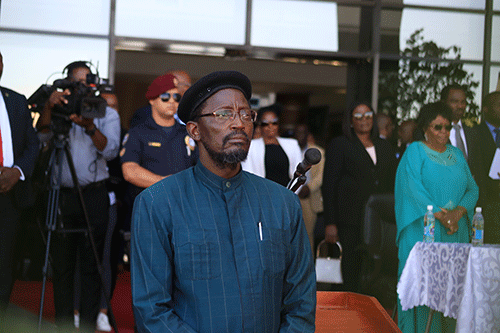Namibia is home to 7 421 asylum seekers, of whom 6 420 are nationals of the Democratic Republic of Congo, with women and children being the majority.
Deputy Minister of Home Affairs, Immigration, Safety and Security Daniel Kashikola said the instability and conflict in that country continue to force citizens to flee their homes.
“DRC has been plagued by years of armed conflicts, and political instability, among many other issues, resulting in the displacement of millions of people. Many Congolese citizens flee their homes to escape violence, persecution and economic hardship,” Kashikola explained.
According to reports from the United Nations High Commissioner for Refugees (UNHCR), the country’s infrastructure, healthcare and education systems have been severely weakened by years of conflict, making it difficult for people to access basic services and livelihood opportunities.
As a result, many Congolese citizens have had no choice but to seek asylum in other countries, including Namibia.
“Our government has been relatively welcoming to asylum seekers and refugees. Therefore, many people from DRC have chosen to seek asylum in Namibia in search of safety, security and a better life,” said Kashikola.
The ministry of home affairs, through its international refugee programme, will further coordinate, facilitate and promote the three durable solutions that are internationally recognised by the UNHCR.
“This is done in accordance with the Namibia Refugees Recognition and Control Act of 1999, the 1951 UN Convention, the 1967 Protocol relating to the status of refugees, and the 1969 OAU Convention Governing the Specific Aspects of Refugee Problems in Africa,” says the ministry in its budget motivation.
In a bid to address this issue and other related challenges, Namibia has set an ambitious target of ending statelessness within its borders by 2024.
The ministry is, therefore, allocating N$10 million towards this programme.
– ashikololo@nepc.com.na


